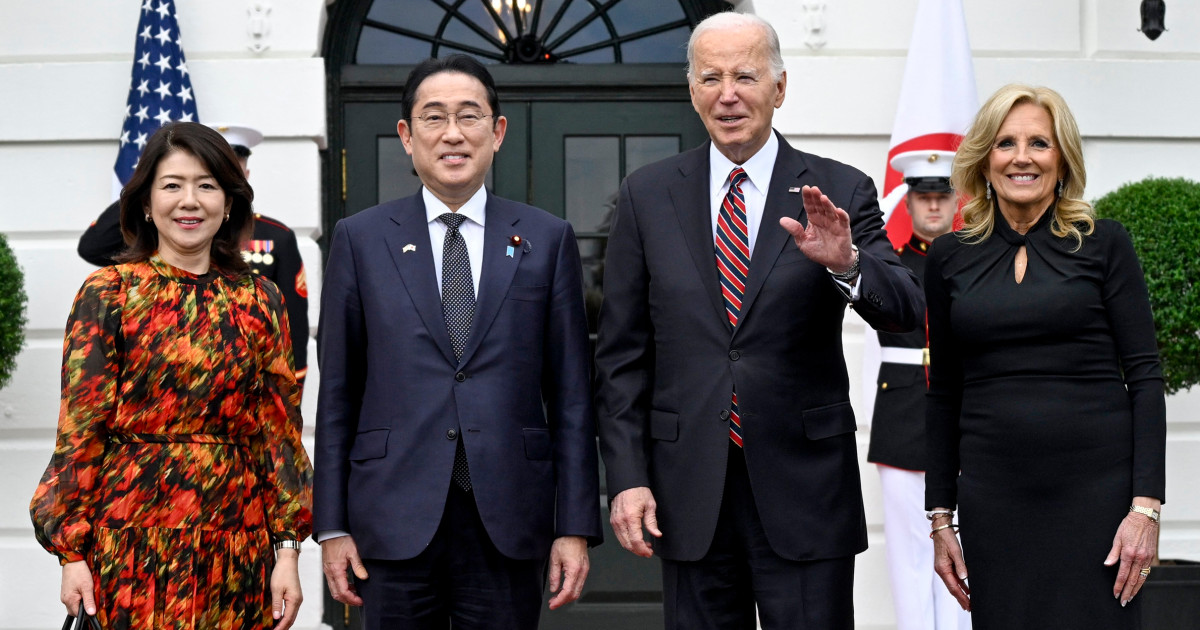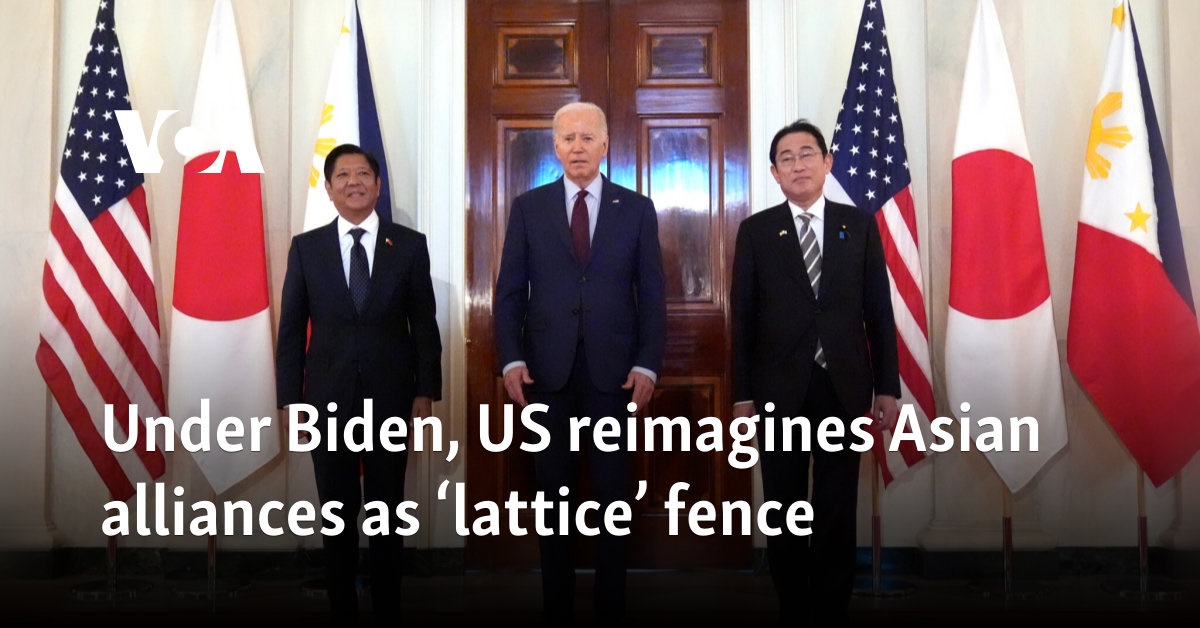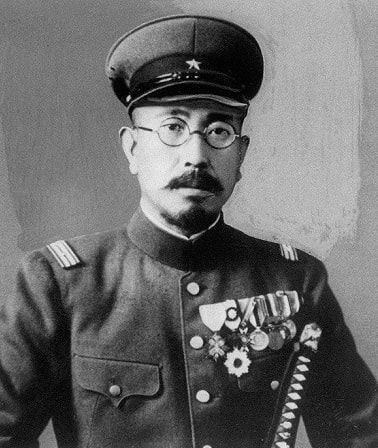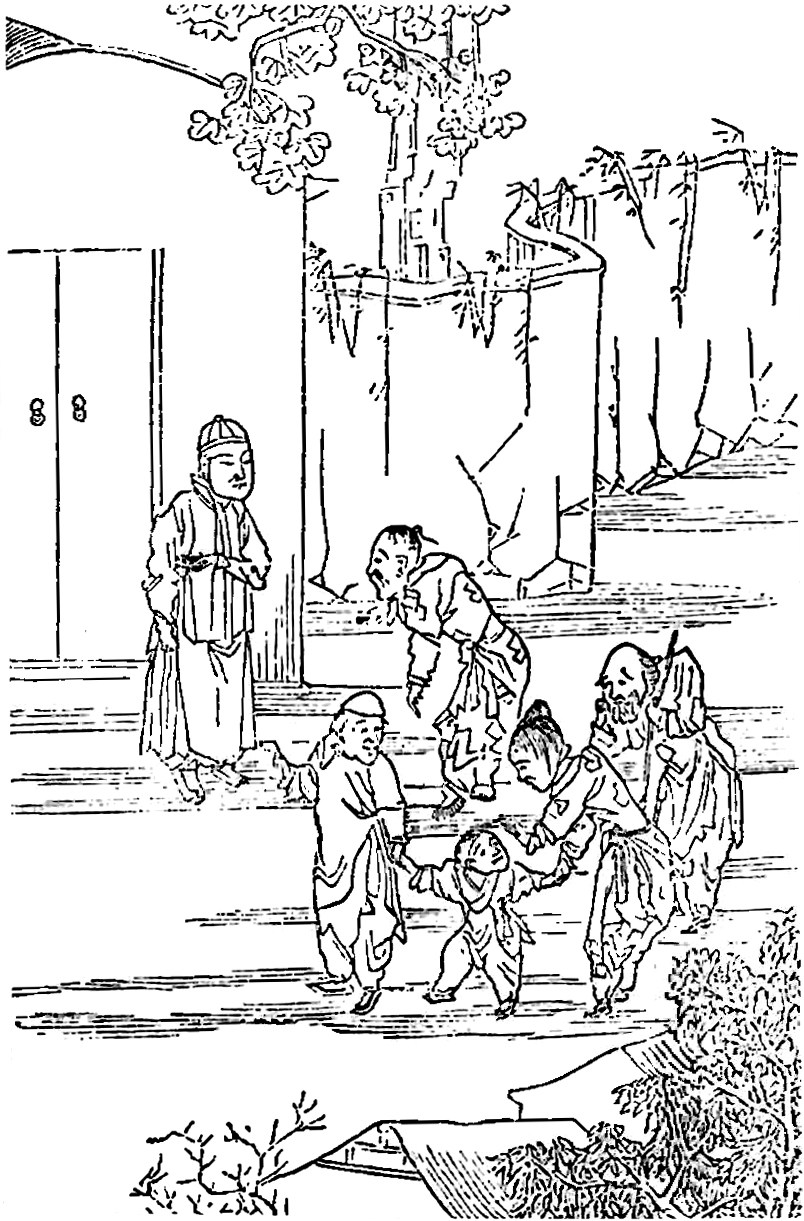Mormon Mike and more silliness.
22 million? I'm guessing that figure includes the Chang/Communist Chinese figure of 300,000-plus for Nanking.
You mean the people who actually ran the place? Um, yeah.
Heck, I was about to throw Unit 731 in there, but I just found out that the Japanese had no less than SEVEN units that were out there performing biological warfare experiments on Chinese people.
But for some reason, Shiro Ishii doesn't have the notoriety of Josef Mengele.

en.wikipedia.org
Hmmmm.... I wonder why.
Mao killed tens of millions of Chinese after the war to gain and hold power, as numerous scholars have documented. I won't bother reposting the myriad of scholarly links on this subject.
So, okay, so taking out the famines, how many people did Mao actually kill by violence? Maybe 2 million in the Cultural Revolution?
Shit, Mao didn't even execute Puyi, who collaborated with the Japanese.
Now, the Great Leap Forward was definitely a clusterfuck, from Mao's decrees, to the lower level bureaucrat who overreported rice yeilds to curry favor with Beijing, to the dumb-ass peasent who went out and killed sparrows as part of the Four Pests program. But China has Famines on a regular basis, and the Kumotang or Qing or Ming didn't handle them any better.
The Famine of 1906 killed 20 million people.

en.wikipedia.org
Do you know what, though? The Famine of 1959 was the last famine China ever had.
Uh, yeah, whatever you say. You're another uneducated woke liberal who sees everything through the prism of racism, your own racism.
No, I just watch Hollywood movies. The ones set in Asia where the hero often tends to be a white guy.
Last Samurai - Hero was a white guy.
47 Ronin - Hero was a white guy.
Great Wall - Hero was a white guy.
Sweet evil Jesus, when they released
Gojira into America, they shoehorned in a bunch of scenes with Raymond Burr to make the white guy the hero. (You might know this movie better by its American title, "
Godzilla". )
Okay, so you are actually denying that Asian nations are worried about Chinese aggression. Duly noted. Wow.
Not enough to avoid becoming economically dependent on China, no.
Let's review how much trade each of these countries does with China vs. the US.
Japan - 350 billion in trade with China, compared to 227B with the US.
South Korea - 267B in trade with China, 197B with US,
Philippines - 70 billion in trade with China vs. 36B with US
Taiwan. Yes, Taiwan -380 Billion with China vs. 158B with US,
That's just raw ignorance. What a clown. This nonsense is further evidence that you are not to be taken seriously. No historian who was written about Nazi Germany agrees with you on this. There were plenty of good, decent Germans who joined the Nazi Party because no one yet knew what monsters the Nazi leadership were.
Bullshit. They all knew what was going on. Did you think they didn't notice the war or that all their Jewish neighbors disappeared mysteriously?
More raw ignorance, and demagoguery. Of course, you have to smear an honorable man like Rabe because his early accounts of events in Nanking destroy the Chang/Communist Chinese version of the incident. I'll just repeat again that every scholar who has written about Rabe has concluded he was a noble man, that he turned against the Nazis, and that he saved many lives in Nanking.
Again, the Japanese were such rat-bastards that the Nazi was the good guy isn't a very compelling argument for your claim that the Rape of Nanking was more of an inappropriate touching.
You can't really be so dumb as to believe this lame argument. The problem is that the evidence regarding Nanking's population is so compelling and abundant that you have to resort to lame speculation such as this.
Except it really isn't. 300,000 residents of Nanking were systematically raped and murdered by the Japanese.
FYI, destitute Mormons who crossed the Western plains in the 1850s while pulling handcarts in bad weather, and while caring for children and infants, managed to travel 12-15 miles per day. The mass exodus from Nanking began well before the Japanese arrived. Even assuming this slow rate of travel, they would have been at least 100 miles from Nanking, at the bare minimum, when the Japanese showed up.
The Mormons were hardly destitute and no one was actively trying to kill them as a group. They had wagons, resources, and a government that was actively encouraging people to move westward. (If they didn't mind slaughtering a few Native Americans along the way.)
Huh??? Dealing with you is like dealing with a teenager. The point, which you carefully avoided, is that the countryside around Nanking was, understandably, largely deserted by the time the Japanese approached city.
Now, just on a point of fact, the Japanese army did not have much time to stop and ravage the countryside because they were hurrying to Nanking. They were hurrying to get there before the Nationalists could bring reinforcements to the city.
300,000 dead. Deal with it.
I notice you never talk about the conduct of the Chinese armies, both Nationalist and Communist, during the war. On some occasions, they were every single bit as bad as the Japanese army could be at times. The Nationalists drowned at least 400,000 of their fellow Chinese when they purposely breached the Yellow River dikes in a misguided effort to halt a Japanese advance. Some scholars put the figure as high as 900,000.
Wait, now, you are claiming that poor Chinese could easily evade an oncoming army with rape on its mind, but they couldn't avoid some water?
But, oh, nahhhhh, nothing to see here, right? Just blame everything on those lousy "Japs"--and of course the slimy Jews must have been behind it all, since they've controlled the world for ages, right?
Here's the problem. The Japanese were just imitating the worst behaviors of white people. They look at Franch and England and the US genociding native peoples to take their shit, and said, "Man, we need to get in on some of that action!"
The main reason why China was in such a weakened state (they had a hell of lot more people than Japan did) was because for 100 years, the West had been undermining it for a profit. From the Opium Wara to the Chinese Revolution, Chinese call that 百年国耻 -
100 years of national humiliation
And then you wonder why China acts the way it does sometimes.
Now, since we are talking about what a rat bastard Mao was, let's talk about child mortality, shall we?
Under the Qing, the child mortality rate in China was a staggering 482 deaths per 1000 births.
The child mortality rate in China, for children under the age of five, was 417 deaths per thousand births in 1850.

www.statista.com
By the time Mao kicked Peanut to the Curb, that figure had only declined to 320 per 1000.
By 1955, it was down to 200. By the time Mao shuffled off this mortal coil in 1976, it was down to 100. Today, it is a mere 9. Still much too high, but what an improvement.





